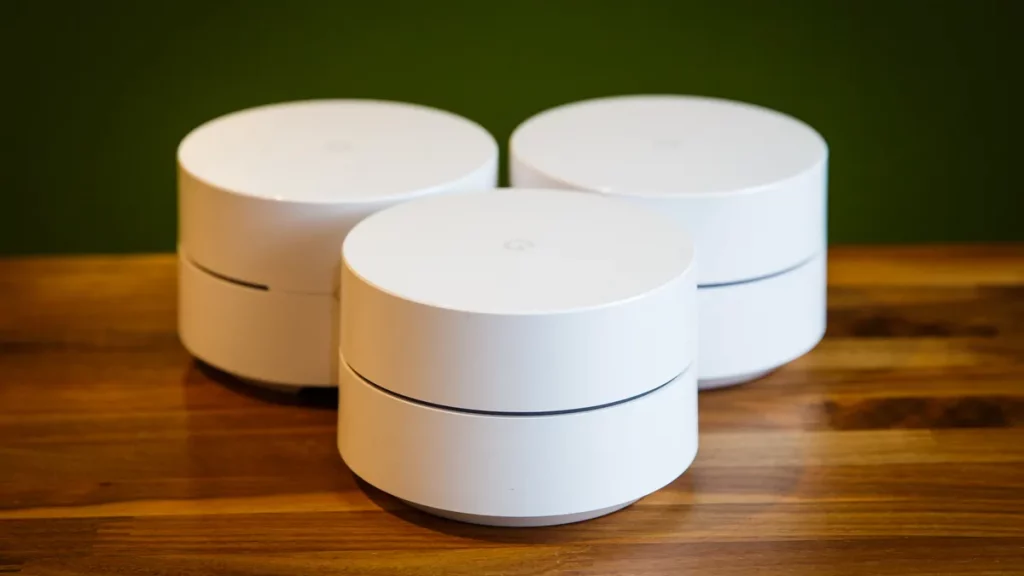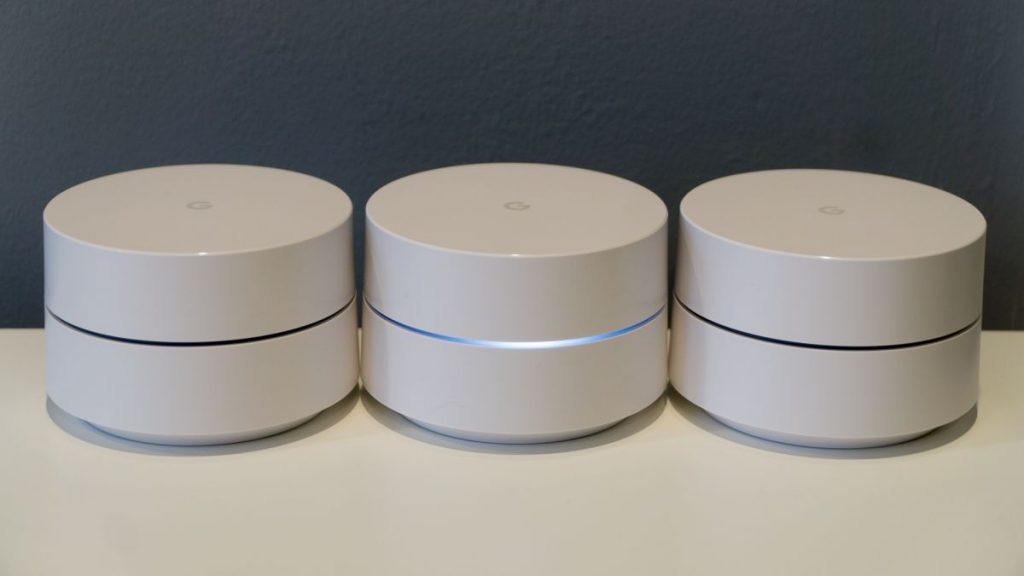How many devices can Google WiFi handle? Maybe this is one of the most commonly asked questions about Google WiFi, and the answers you can find on the Internet are somewhat ambiguous.
We researched this topic because it looks like the interest in swapping traditional routers with Google WiFi systems has attracted many users. We have found that many aspects influence the capacity of Google WiFi systems, and we will discuss them in detail in our article.

How Many Devices Can Google WiFi Handle
There is no one answer to this question since it largely depends on your router’s strength. The more powerful router you have, the bigger the capacity of google WiFi to handle a larger number of devices.
Ultimately, Google promises to handle more than 100; however, the ideal number would be around 60 – 80 devices, even more; you must note that it will influence the network connection strength.
Additional details
Simply put, Google WiFi is a router like any other, allowing you to connect multiple devices, and each node has an independent capacity to communicate with the connected devices. It comes with 1, 2, or 3 points that can commonly be called pucks, acting as routers.
With every added node, the system expands the network improving the routers in terms of sending and receiving the data. It selects the right channel for every device, moving them seamlessly between rooms.
In terms of security, it uses an advanced system to protect the network from being used by unauthorized access. Theoretically, it can support around 25 devices; however, things might get a bit complicated, and you might face issues with your connection quality.
Moreover, Google WiFi offers continuous connection no matter where your coverage area covers up to 4,500 square feet. It’s mostly recommended for personal home use, allowing you to share networks across multiple areas in one household.
The Importance of Knowing How Many Devices Google WiFi Can Support
Since some router devices only offer limited capacity, the Google WiFi system is a practical option for big households and other areas where you want to enjoy free-flowing WiFi coverage.
It’s a smart idea to extend the Internet signal in different areas around your house. You can connect phones, smart gaming systems, and other devices without compromising network speed.
However, if you want to enjoy better connectivity, one of the most important things to note is how many devices you use. If you’ve connected multiple devices simultaneously, you can easily reach the limit and be overpowered by traffic.
The ideal number of devices Google WiFi can handle
A single network can handle a maximum of five router points. The more layers you add, the more the connection might become overpowered. Typically for 2,300 square feet of homes, it’s recommended to have two nodes for even distribution of the network.
A single puck can handle more devices than many pucks if you are using mesh wireless networks. According to the subnet, the maximum would be around 200 devices; however, it’s not excluded for causing lagging problems.
Even though the Google WiFi capacity can be expanded to 200+ devices, if you want to increase the number of devices, you’ll also need more routers.
Moreover, there is no exact number of devices that can be considered too many since it largely depends on the puck capacity. and the traffic those devices are passing.
You shouldn’t face issues connecting 90 devices in a 5-puck Google WiFi, including laptops, tablets, smart TVs, and smartphones.
For optimal speed, Google WiFi can handle about 100 devices; increasing the number of points in your household will allow you to manage and connect more devices without worrying about slowing your connection.
Related: How Many Devices Can a Router Handle

The Impact of the Network’s Connected Devices
Network use
In reality, your connection doesn’t necessarily slow down, just the number of devices connected to Google WiFi; it largely depends on how they use it.
This means that watching HD videos, gaming, uploading, or downloading large files at the same time can have a considerable effect on the bandwidth.
Type of devices
The type of devices that are connected to your Google WiFi also makes an impact on the quality of the connection. This means that having multiple computers or smart TVs connected will significantly overpower the bandwidth compared to having multiple smartphones or tablets.
Network interference with other devices
Network interference is another common problem, especially in apartment buildings where the networks are too close. Also, the radio frequency from other devices can impact your network quality.
The size of the space
Of course, your connection’s quality and speed depend on the size of the space where you use Google WiFi. The bigger the space is, the more points you’ll need to add.
If you want to set a network range coverage throughout the whole house, combining Google WiFi with Google Nest WiFi is advisable.
Ideally, network points provide the best connection quality if they are two to three rooms apart. We also suggest positioning the device in elevated places.
Read More: How to Control Devices Connected to Your WiFi
Conclusion
Google says Nest WiFi can resolve users’ most common issues, like a spotty wireless signal. The Network Assist software ensures there are no dead zones in any part of your location.
The idea behind its development was to ensure the handling of multiple devices simultaneously without compromising on the speed or connection quality.
One of the most efficient ways to find out how many devices can google WiFi handle is to perform a speed test using your Google WiFi app. You can test the speed of the mesh points and look for connectivity issues.
This feature allows you to track the upstream and downstream of each device in real-time and how much traffic is used, which can help you determine what number of devices offers the best network quality. Google WiFi can also suffer from the same issues as most other WiFi systems, like most routers.